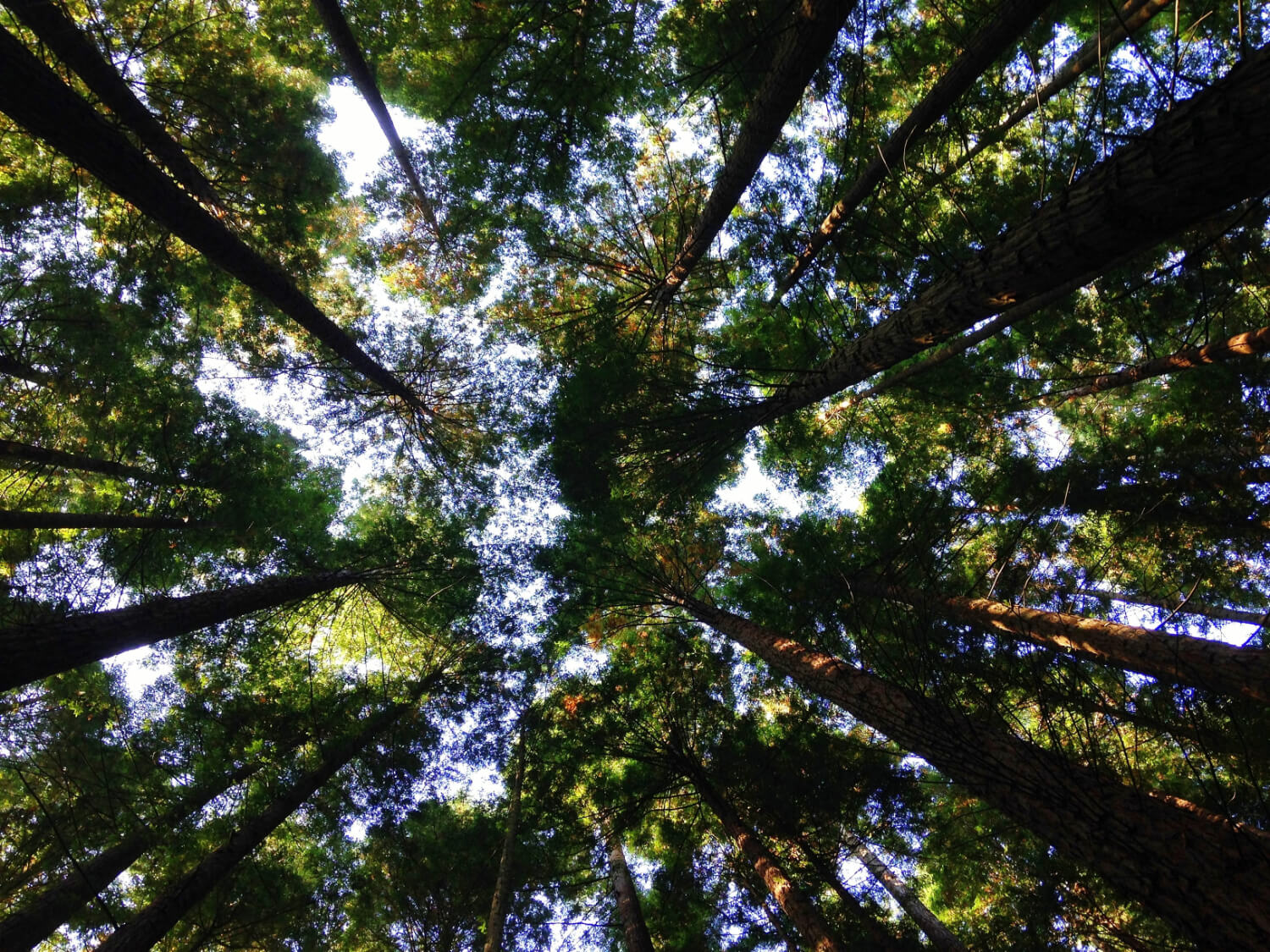Context and challenges
Appearing in the 1980s, the concept of biodiversity was fully recognized at the Earth Summit in Rio de Janeiro (1982), emphasizing the importance of biodiversity conservation for all of humanity.
Five major factors influence biological diversity:
- The conversion of natural environments into artificial environments is the main cause of the destruction and fragmentation of ecosystems,
- Air, soil, water, but also light and sound pollution affect all aspects of the environment,
- The overexploitation of resources seriously compromises the functioning of ecosystems and their renewal,
- Climate change influences the life cycles of all living beings, it impacts the geographical distribution of species and therefore the food chain,
- The introduction, voluntary or not, by humans of invasive alien species impacts all environments and territories.
The structures have an impact, positive or negative, on biodiversity at three levels: the plot, the district but also more generally the planet.
- At the level of the plot, we will talk about biodiversity in situ: that is to say the living (animal and plant, visible or not visible including the soil) which is there or could be there according to the site layout. Indeed, any structure generates changes in the functioning of the local ecosystem that should be taken into account.
- The work is also part of the biodiversity of the territory. It thus participates in the green and blue network (TVB) that it can hinder or on the contrary promote, especially in urban areas. This grid is a network formed by terrestrial and aquatic ecological continuities identified by regional ecological coherence schemes (SRCE) as well as by documents from the State, local authorities and their groupings.
- Finally, like “embodied energy”, behind the building’s construction products and equipment and its consumption (water, energy, waste, etc.), there are also impacts on ex situ biodiversity. Indeed, the processes of extraction, manufacturing, transformation but also transport have consequences on the planet.
Definition
According to the French Office for Biodiversity, biodiversity refers to all living beings (micro-organisms, plants, animals) as well as the ecosystems in which they live. This term also includes the interactions of species with each other and with their environments.
Basic human needs (oxygen, food and drinking water) are met thanks to the role played by biodiversity. It also contributes to the development of human activities by providing raw materials and energy. The preservation of living species contributes to the protection against environmental risks: the restoration of floodplains can limit the impacts of floods and droughts, the surplus water supplying groundwater.

The work of the Alliance HQE-GBC
The HQE – France GBC Association, in collaboration with OREE, initiated a “Building and Biodiversity” working group in 2015. This group led a campaign to promote the consideration of biodiversity in construction and development projects in order to reduce the negative impacts on ecosystems.
To do this, it conducted, as part of an HQE Performance approach, a test of the Biodi(V)strict* tool on real operations (new constructions, development operations, office renovations, tertiary buildings in operation) in order to assess the ecological potential of the works using a scientifically recognized approach.
The Biodi(V)strict tool measures five relevant indicators to assess the ecological potential of a site. Through the representation in the form of a diagram of the ecological potential before and after the project, the Biodi(V)strict tool makes it possible to identify the ecological challenges of the project and to define an appropriate action plan to preserve, or even strengthen, the biodiversity on the site.
The 5 indicators relate to:
- The diversity of natural habitats (types of natural spaces present on the site), which can involve the development of green roofs and facades, hedges, water points, etc.
- Soil permeability (ability of the land to absorb rainwater)
- The diversity of plant strata (types of plant layers present on the site)
- The proportion of green spaces (percentage of vegetated surface on the site)
- Connectivity (connection between the different habitats on the site and nearby), which refers to the notion of ecological complementation and brings the different habitats closer together. The project can thus be inserted into a global ecological context, linked as much as possible to the existing green and blue lines.
*The Biodi(v)strict tool was developed by AgroParisTech and Vinci Construction France as part of the Vinci eco-design chair. To discover this tool: www.biodivstrict.com